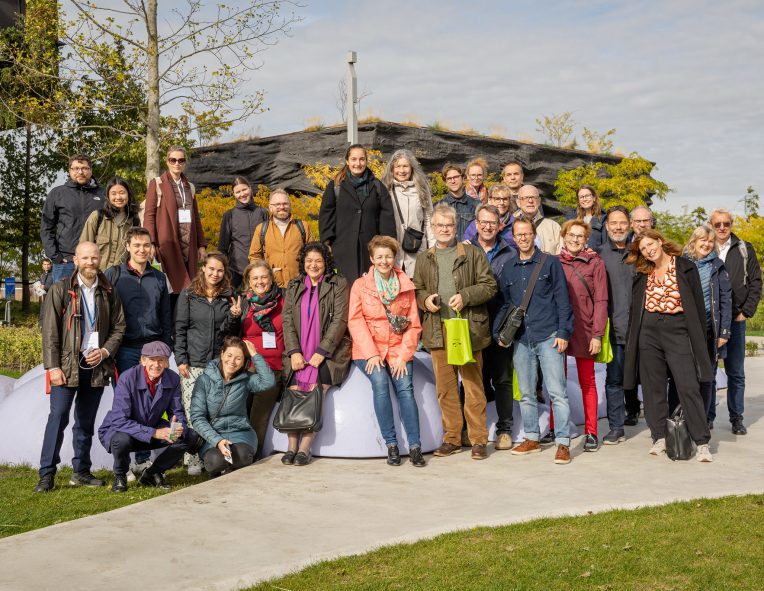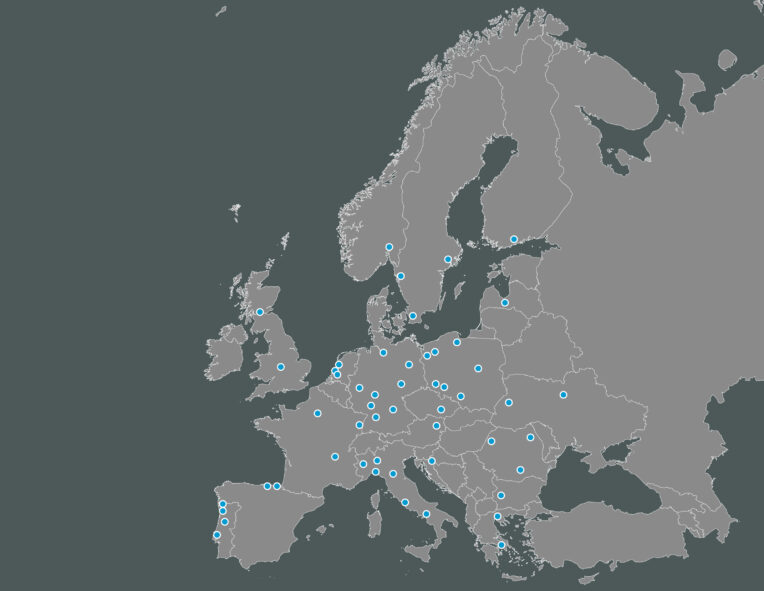Bucharest Metropolitan Association
Gianina Panatau, Director
Metropolitan coordination in the development and implementation of infrastructure road system to increase accessibility and cohesive territorial development
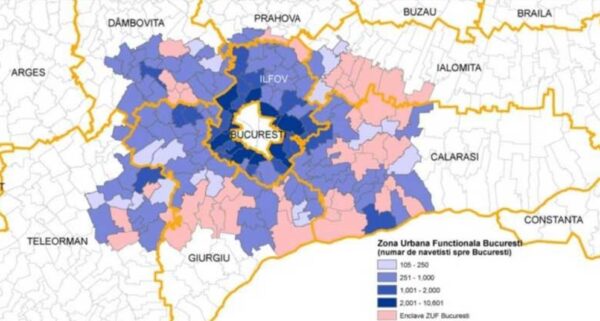
1.Traffic congestion;
2.Increased commute times;
3.Parking challenges;
5.Environmental impact;
6.Need for investments in infrastructure upgrades.
The main challenge for the region is to secure investment to improve the infrastructure road system to increase accessibility and cohesive territorial development at the metropolitan level.
Planning and financing measures
Three planning and financing measures have been implemented to address and tackle these challenges:
Sustainable Urban Mobility Plan for Bucharest metropolitan area
The local authorities understood the need for development and planning of transport at the metropolitan level, and in 2016 created the Sustainable Urban Mobility Plan (original name, PMUD – Planul de mobilitate urbană durabilă 2016-2030). This fostered the reorganisation of Bucharest Public Transport Company and transformed it into STB (Bucharest Transport Company) in 2017.
By integrating various transport services under a unified entity, local authorities aimed to address the fragmentation and inefficiencies of the previous system.
Infrastructure Investment
In 2019, work started on the A0 highway, a 100-km ring road that will surround Bucharest and is also part of the Transcarpathia Corridor, ensuring the connection between the Black Sea and the western borders of the country. The project will also expand the metropolitan area from an economic point of view, through the development of the real estate market in the peri-urban area, and the industrial parks and logistics centres in the proximity of A0.
Orbital Project
The benefits of the A0 project to the metropolitan area are complemented by the development of the Bucharest Orbital Project, which involves the construction of radial roads that connect the Bucharest Ring Road with the existing beltway (DNCB) and the urban space of the Municipality of Bucharest. The Bucharest Metropolitan Area oversees the project’s implementation. Started in 2022, it will be finalised by 2028, with an estimated value of approximately €700m, being financed through the National Transport Program, respectively from the Cohesion Fund of the European Union.
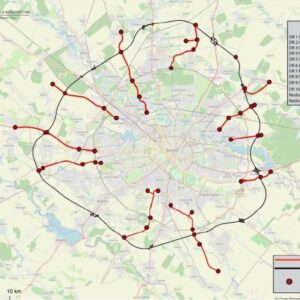
The Bucharest Orbital Project
In this context things will change profoundly in the coming years. The Orbital Project seems in fact an opportunity to introduce a different approach to territorial development by looking at the new axis as a way to frame a green belt while working to achieve a balanced quality of life throughout the overall metropolitan dimension. Moreover, this is a very good example where the responsibility for the coordination is at the metropolitan scale, implying decision on allocation of services, housing developments combined with agriculture production and conservation of ecosystem services.
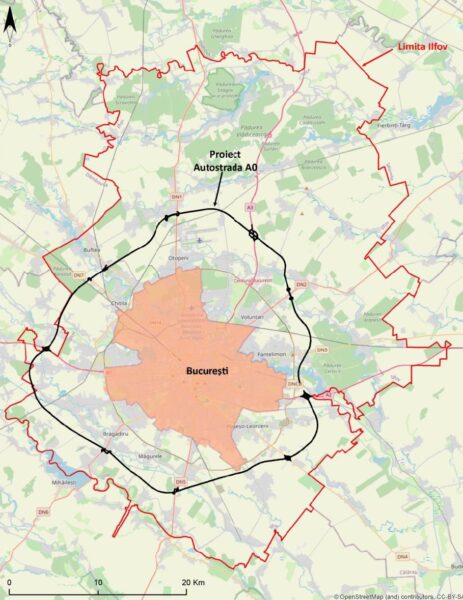
AO highway system
Metropolitan Partnerships in action across Urban and Rural to read about more cases of metropolitan partnerships from across Europe.

